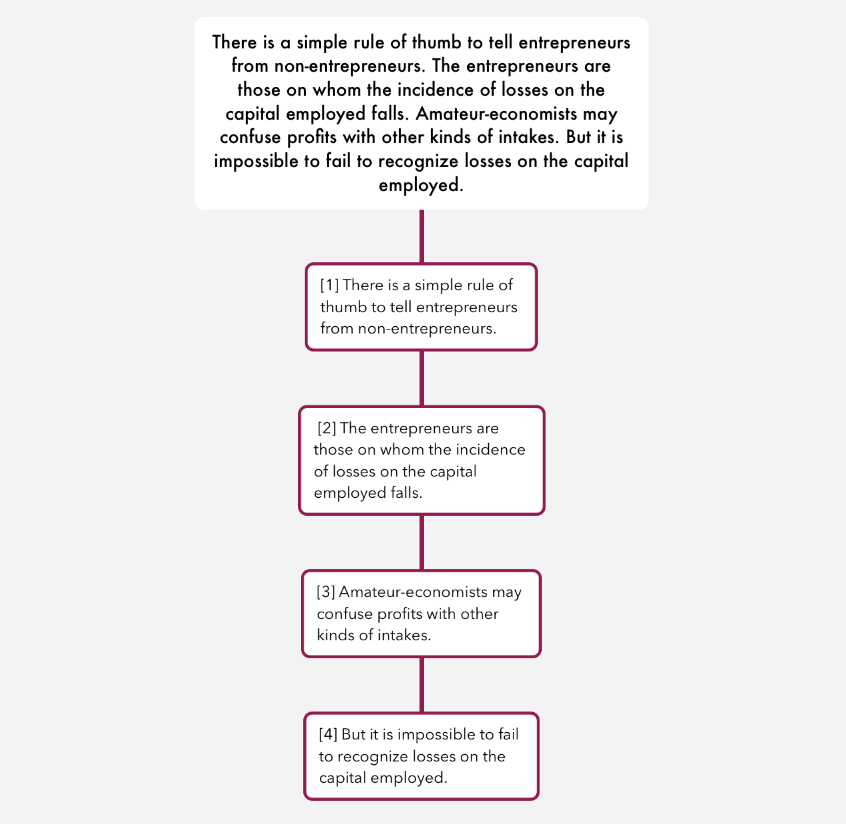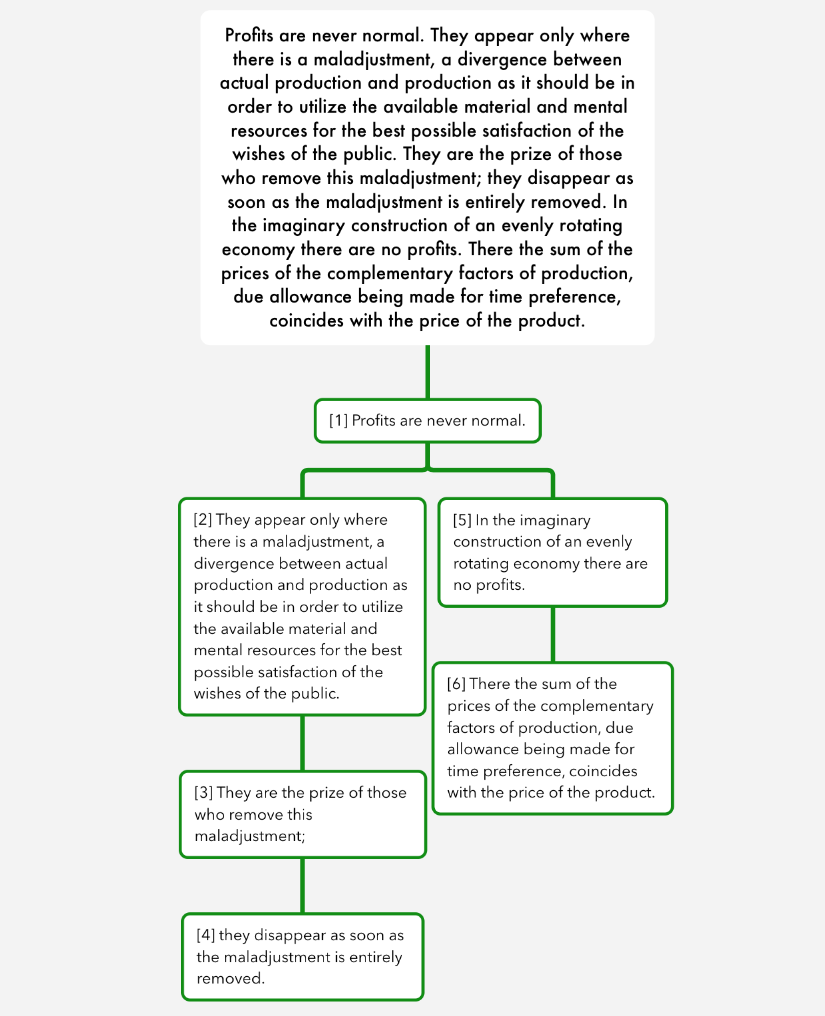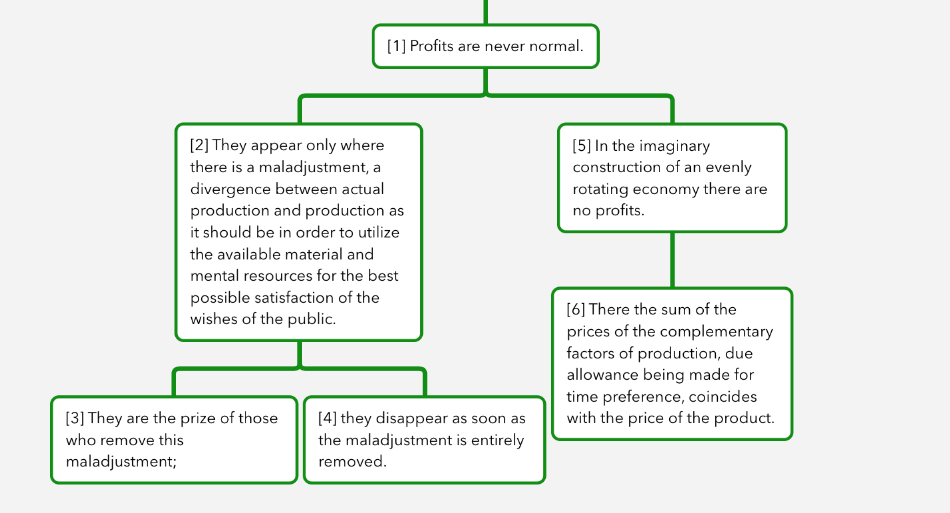The main conceptual difference for restrictive vs. non-restrictive modifiers is whether the modifier restricts (limits) what’s being talked about.
In “I want a marble.” there is no modifier. Any marble would work. You can imagine the set of all marbles and the phrase “a marble” refers to any one of them.
In “I want a red marble.” the adjective “red” is restrictive. You can imagine the subset of all marbles containing only red marbles and this refers to any marble from that subset.
Sometimes ignoring them does ruin the sentence.
This isn’t correct. I see that some sources are confusing about this such as:
https://style.mla.org/restrictive-nonrestrictive/
You can test to see if a modifier is restrictive or nonrestrictive by temporarily removing it and checking the resulting sentence for sense and meaning. A nonrestrictive modifier can be removed without fundamentally affecting the identity of the element it modifies, because the information it provides is supplemental.
Non-restrictive modifiers are not essential to identifying what’s being modified. That’s correct. It’s a way of saying they don’t narrow down the set of things that it could mean.
But their test doesn’t even work well on their own example. Non-restrictive modifiers can be essential to the point of a sentence, and restrictive modifiers can sometimes be removed without ruining sentences.
They give this example for a restrictive modifier:
My friend who lives in Chicago says that the city’s museums are among the best.
Removing the bolded modifier is relevant to identifying which friend is meant (though I wouldn’t say “fundamentally”). The shortened sentence gives us less information about which friend is being referred to. But it doesn’t ruin the sentence. The “sense and meaning” of the shortened sentence are fine.
Also I see that a lot of the internet search results focus on clauses which is the wrong place to begin understanding this concept. It’s better to begin with single word adjective modifiers because they’re simpler. I’m not sure if you realized this topic applies to one-word adjectives.
Restrictive one-word adjectives are easy to come up with. If you take a noun like “dog” and then add an adjective like “smelly” or “fluffy” or “small” you restrict the meaning (narrow down the set of all dogs to some smaller subset of dogs). Restrictive adjectives are the typical, common case. Can you give an example sentence containing a non-restrictive one-word adjective? If not, can you find one using internet search?
After adjectives, the next thing to consider before clauses is adverbs. Analyze some adverb examples.



